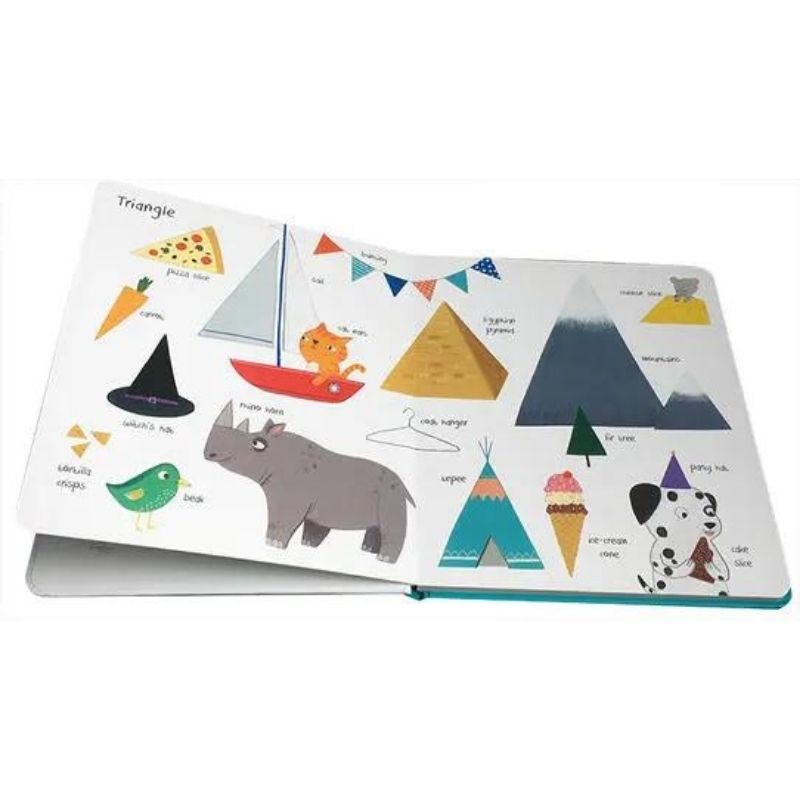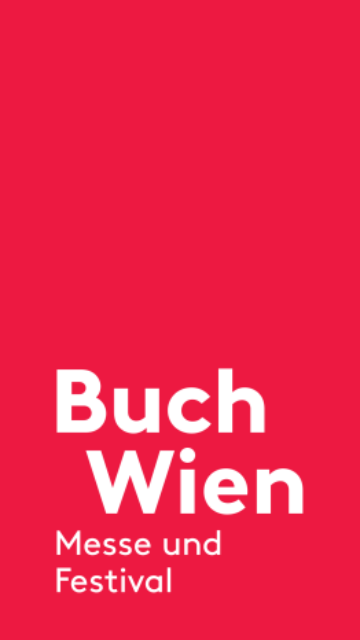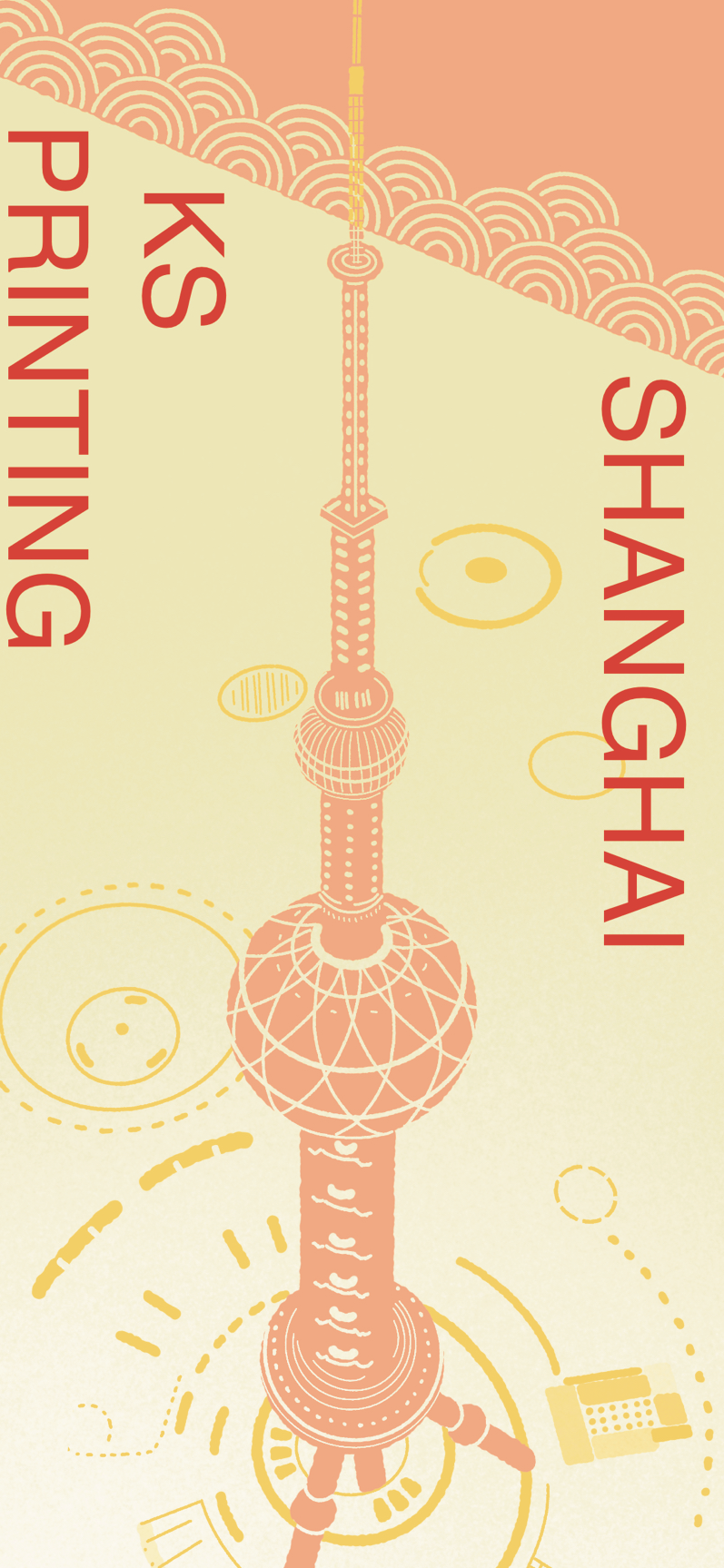Call Us
+86-021-54700256
Email Us
info@shksprinting.com
Different types of printing technologies
2021-09-10
Lithography printing technique
This is the most common and widely used printing method today. The image and non image are on the same plane. Based on the principle that water and ink are mutually exclusive, the graphic part accepts ink and does not accept water, and the non graphic part is opposite. The printing process adopts the indirect method. First, the image is printed on the rubber drum, the picture and text changes from positive to negative, and then the picture and text on the rubber drum is transferred to paper. This printing method can be used for picture albums, pictorial advertising samples, calendars, etc.
gravure printing technique
Intaglio printing is the opposite of relief printing. Text and images are concave and below the layout, and the concave part carries ink. The intensity of printing is related to the depth of the concave, deep is thick, shallow is light. Due to the different inks of gravure printing, the printed lines have a protruding feeling. Coins, stamps and securities are printed in intaglio. Gravure printing is also suitable for the printing of plastic film and silk. Due to the long plate making time and complex process of gravure printing, the cost is very high.
Stencil printing:
Also known as screen printing, if you have seen a teacher carve a wax printing paper in primary school, you will better understand this printing method. Using silk cloth, wire mesh of metal and synthetic materials, wax paper, etc. as the printing plate, the graphic part is hollowed out into fine holes, the non graphic parts are protected by printing materials, the printing plate is close to the substrate, and the ink is penetrated into the substrate with scraper or ink roller. Screen printing can be printed not only on flat substrates, but also on curved substrates. The color is bright and unchanged for a long time. It is suitable for printing labels, bags, T-Shirts, plastic products, glass, metal utensils and other objects.
Flexographic printing:
Flexographic printing is also often referred to as flexible printing, which is a common printing method for packaging. According to the definition of Chinese printing technology standard term gb9851.4-90, flexographic printing is a printing method in which flexographic plates are used to transfer ink through anilox rollers. Flexographic printing is a printing plate that produces a convex mirror image of the desired image on or polyester material - like a potato print played by a child. The amount of ink transferred to the plate (or plate cylinder) is controlled by the anilox roller. The printing surface is in contact with the printing material during rotation, so as to transfer pictures and texts.

This is the most common and widely used printing method today. The image and non image are on the same plane. Based on the principle that water and ink are mutually exclusive, the graphic part accepts ink and does not accept water, and the non graphic part is opposite. The printing process adopts the indirect method. First, the image is printed on the rubber drum, the picture and text changes from positive to negative, and then the picture and text on the rubber drum is transferred to paper. This printing method can be used for picture albums, pictorial advertising samples, calendars, etc.
gravure printing technique
Intaglio printing is the opposite of relief printing. Text and images are concave and below the layout, and the concave part carries ink. The intensity of printing is related to the depth of the concave, deep is thick, shallow is light. Due to the different inks of gravure printing, the printed lines have a protruding feeling. Coins, stamps and securities are printed in intaglio. Gravure printing is also suitable for the printing of plastic film and silk. Due to the long plate making time and complex process of gravure printing, the cost is very high.
Stencil printing:
Also known as screen printing, if you have seen a teacher carve a wax printing paper in primary school, you will better understand this printing method. Using silk cloth, wire mesh of metal and synthetic materials, wax paper, etc. as the printing plate, the graphic part is hollowed out into fine holes, the non graphic parts are protected by printing materials, the printing plate is close to the substrate, and the ink is penetrated into the substrate with scraper or ink roller. Screen printing can be printed not only on flat substrates, but also on curved substrates. The color is bright and unchanged for a long time. It is suitable for printing labels, bags, T-Shirts, plastic products, glass, metal utensils and other objects.
Flexographic printing:
Flexographic printing is also often referred to as flexible printing, which is a common printing method for packaging. According to the definition of Chinese printing technology standard term gb9851.4-90, flexographic printing is a printing method in which flexographic plates are used to transfer ink through anilox rollers. Flexographic printing is a printing plate that produces a convex mirror image of the desired image on or polyester material - like a potato print played by a child. The amount of ink transferred to the plate (or plate cylinder) is controlled by the anilox roller. The printing surface is in contact with the printing material during rotation, so as to transfer pictures and texts.

X
We use cookies to offer you a better browsing experience, analyze site traffic and personalize content. By using this site, you agree to our use of cookies.
Privacy Policy








































